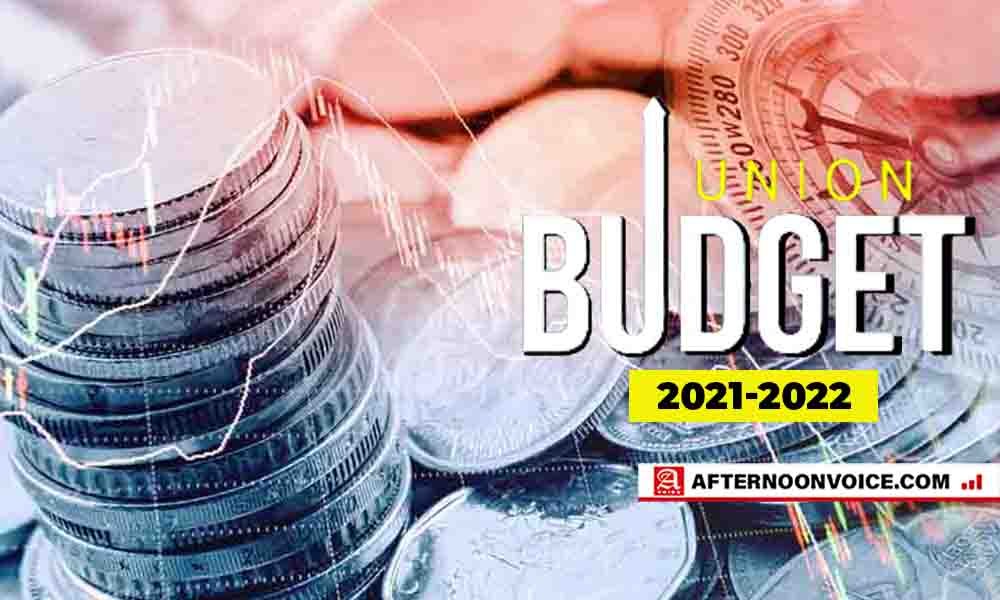
Finance Minister Nirmala Sitharaman to present the Union Budget 2022 on February 1, 2022. A few days ahead of the Budget 2022 presentation, HDFC Bank, in its report titled ‘Fiscal Balance and Budget Expectations’, pointed out key ‘asks’ of different stakeholders.
According to HDFC, the Budget is likely to remain growth-focused and hence the fiscal deficit is likely to remain high for next year. The expectation is that the revenues are likely to remain floating, hence the high fiscal deficit number would indicate higher expenditure. There is also the possibility of a continued process of moving off-balance-sheet borrowing on NHAI etc to on-balance sheet thus ensuring better transparency in the overall numbers.
The higher borrowing numbers would likely push INR Government Securities to yield higher with 10 years moving towards 6.80% by April 2022. The expectation is that we could see higher issuances in the longer end next year thus causing steepening of the curve.
Economic growth seeing better traction indicated by better GST numbers, we expect RBI to increase INR liquidity absorption through larger amounts of VRRR and increase in Reverse Repo Rate through January to April this year thus taking o/n rates towards 4% from 3.35% currently. The initial action has been through VRRR as RBI was cautious on how the Omicron would play out. The VRRR gave RBI the flexibility to reverse their actions, unlike a reverse repo hike. However, with the severity of Omicron being muted, we expect RBI to hike the Reverse Repo rate in February or April policy and thus take short end INR rates higher.
Our expectation is that RBI would have the first hike in Repo Rate by 25 bps in either June or Aug policy. The headline inflation is expected to remain between 5.50% to 5.90% in the second half of the year with possible upside surprises. However, we do think that RBI policy action will be gradual and hence may not see more than two hikes this year in Repo Rate.
We have seen in the recent past that FED has come around to the view of persistent inflation and hence likely to see quicker rate lift-off. Though the market expectation is of three rate hikes this year, we think only two rate hikes will materialize. However, the market will continue with the extra hike pricing in the first half of the year as high inflation persists. The impact of his inflation is likely to have significant implications for US politics as this could lead to Democrats losing control of the Senate after the November midterm elections.
Though there has been a rollback of various liquidity measures announced during the Covid period by the global central banks, our estimate is that global liquidity would continue to remain buoyant for the next two years and support for equity and other assets will remain.
In addition, we expect to continue to see a divergence in US-China Monetary Policy this year. China is likely to see the growth slowing as well as the continued migration of manufacturing from the country. This in addition to changing demographics of their population will cause the China Government and their Central Bank to take fiscal and monetary policy measures to support the economy.
With overall economic growth continuing the momentum along with increased travel along with the fact that this sector has not seen new investments in the last couple of years due to the ESG move, we expect the demand for crude to increase. The actual output increase from OPEC will be clearly behind the increase announced by OPEC due to the members’ ability to increase production.
Also, unlike last time the Shale gas output is nowhere likely to pick up even at these crude price levels. Considering these, we expect crude prices to move to USD 100 per barrel during the year. Lastly, commodity price inflation will continue to provide headwinds to widespread global GDP growth.
The past two years have been no less than a roller coaster ride for many industries. The banking industry is considered the backbone of any economy. The asset quality and profitability of banks are mostly impacted by the pandemic. However, enhanced spending on infrastructure, speedy implementation of projects, improved access to the banking system, etc. are expected to provide impetus to growth in the banking sector.
While with the ease of restrictions, the economy was reviving and getting back on the growth trajectory, it remains to be seen whether the recent spike in Covid cases and modest restrictions (introduced so far) cause any impact on the economy and especially the banking industry.
Economic growth can be accelerated by bringing the right set of policies for the banking industry. Towards this, since the Union Budget 2022 is around the corner, the banking industry is looking forward to some positive amendments under the income-tax provisions.